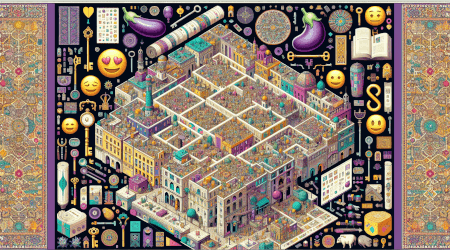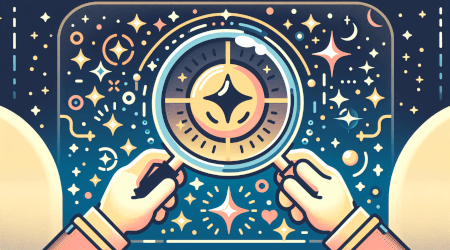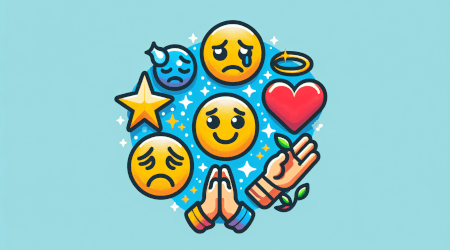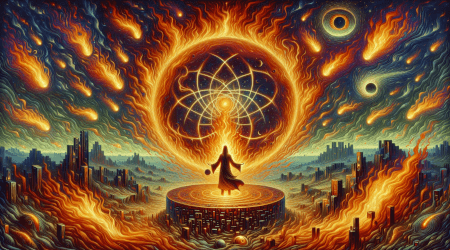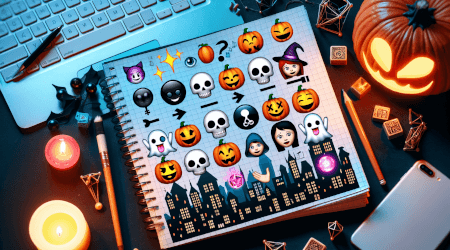Understanding Emoji Culture: A Global Perspective
Emoji have quickly grown from simple texting shortcuts to a universal language all of their own. These tiny icons enable us to convey emotions, plans, social commentary, and even complex opinions without typing a single word. But while some emoji meanings are near-universal, the true richness of this pictorial language blossoms when you dive into regional quirks and cultural specifics.
The Japanese Origin
It's no surprise that Japan, a country where the written language includes thousands of expressive characters, gave birth to emoji. Take for example the "folded hands" emoji 🙏. In Japan, it's a direct sign of gratitude or apology, unlike in the West where it’s often interpreted as praying or as a high-five. Another interesting one is the "white flower" emoji 💮, which is used mostly by students to indicate perfect homework. Now that's an A+ in emoji education!
European Emoji Etiquette 🇪🇺
Move over, handwritten love letters—Europe has found emoji to be just as romantic, if not more so. In countries like France and Italy, the red heart ❤️ and the kiss mark 💋 are often parts of everyday digital flirting. However, beware of missteps: for instance, the eggplant emoji 🍆 in European WhatsApp circles might not always carry the same risqué connotations it does in the United States. In some contexts, it really just means eggplant—a hearty ingredient in Mediterranean cuisine.
The American Emoji Free-for-All 🇺🇸
In the US, emoji can shift rapidly in meaning thanks to the internet’s meme culture. A notable example is the "skull" emoji 💀, which has moved from its original spooky connotation to commonly signify laughter or hilarity on platforms like Twitter. The "fire" emoji 🔥 has also become a way to approve or highlight something as excellent or sensational, be it a hot new album or a stunning Instagram post.
Emoji in the Middle East 🌍
Middle Eastern countries offer unique takes as well. The modest yet evocative "eyes" emoji 👀 frequently appears in various contexts from playful teasing to alerting someone to noteworthy gossip. Meanwhile, the "crescent moon" emoji 🌙 is often used in reference to Islamic holidays, such as Ramadan, adding a touch of cultural richness to the emoji lexicon.
From Africa with Love 🌍❤️
In many African countries, a mixture of traditional and modern-day representation is brought into the emoji game. Regional foods like yams or specific traditional clothing would be super welcome in emotive exchanges. The "raised fist" emoji ✊ has a potent, dual significance; while universally understood as a sign of resistance and activism, it's also a subtle nod to unity and community celebration in many African discussions.
South Korean Cute Culture 🇰🇷
South Koreans have taken emoji cuteness to new heights. The ubiquitous use of the "V" sign emoji ✌️, commonly known as the peace sign in other cultures, doubles as a representation of aegyo (acting cute). Koreans often use emoji creatively to illustrate the emotional tenor of their text, as seen with the "sparkles" emoji ✨ which works wonders to intensify positive feelings or add a dash of magic to a statement.
By diving into the various ways different cultures employ these colorful characters, emoji become more than just symbols; they become a global connector, bridging gaps and adding nuanced layers to everyday communication. So the next time you send a thumbs-up 👍, just think—it might mean more than you ever imagined!


